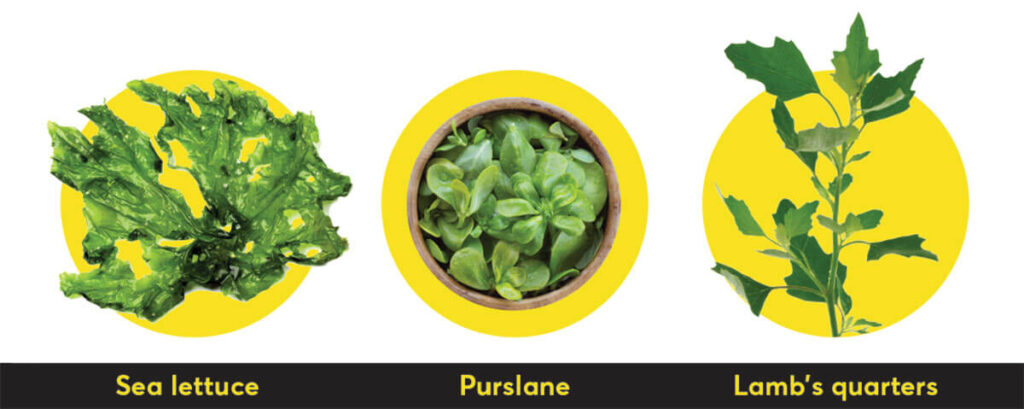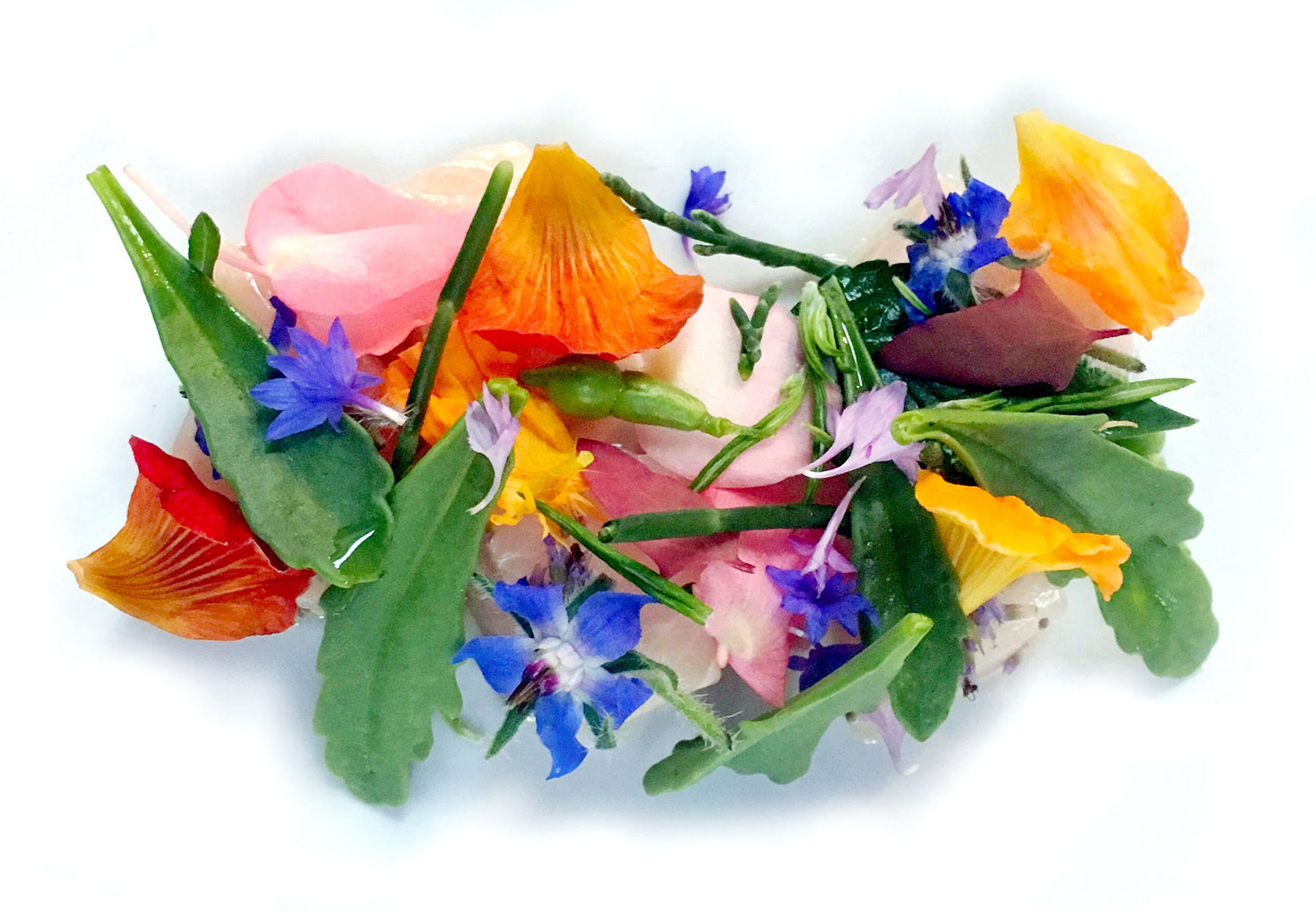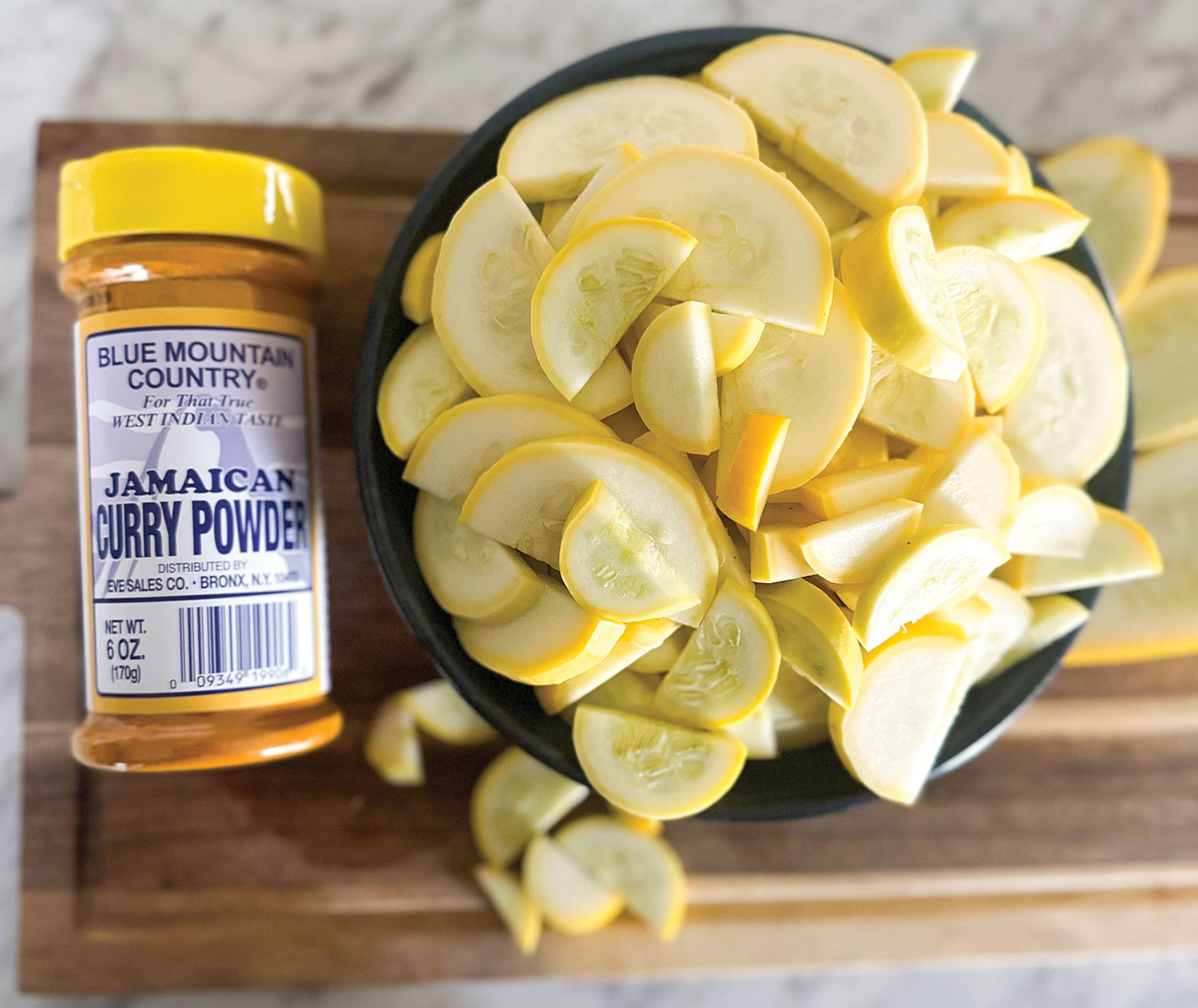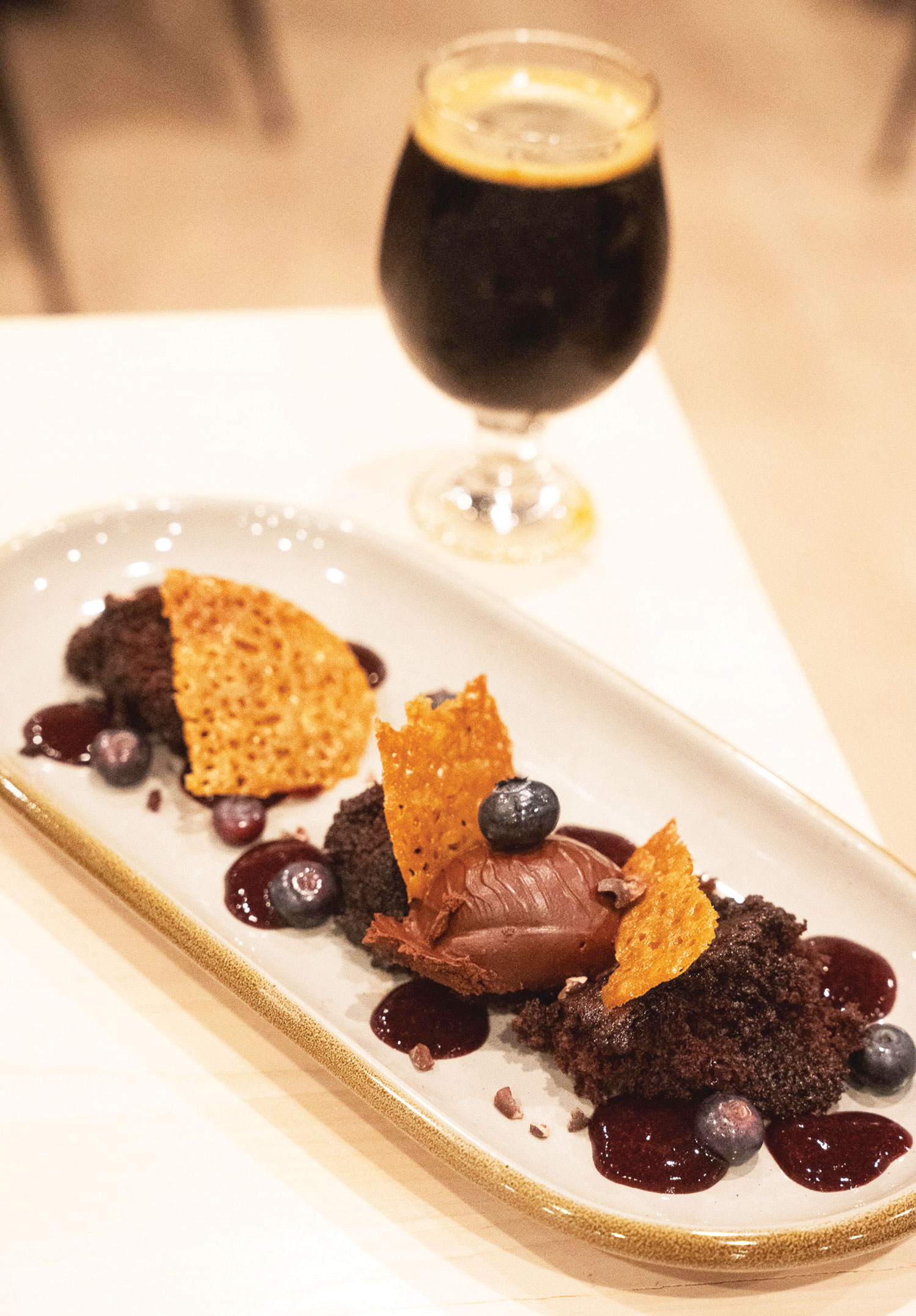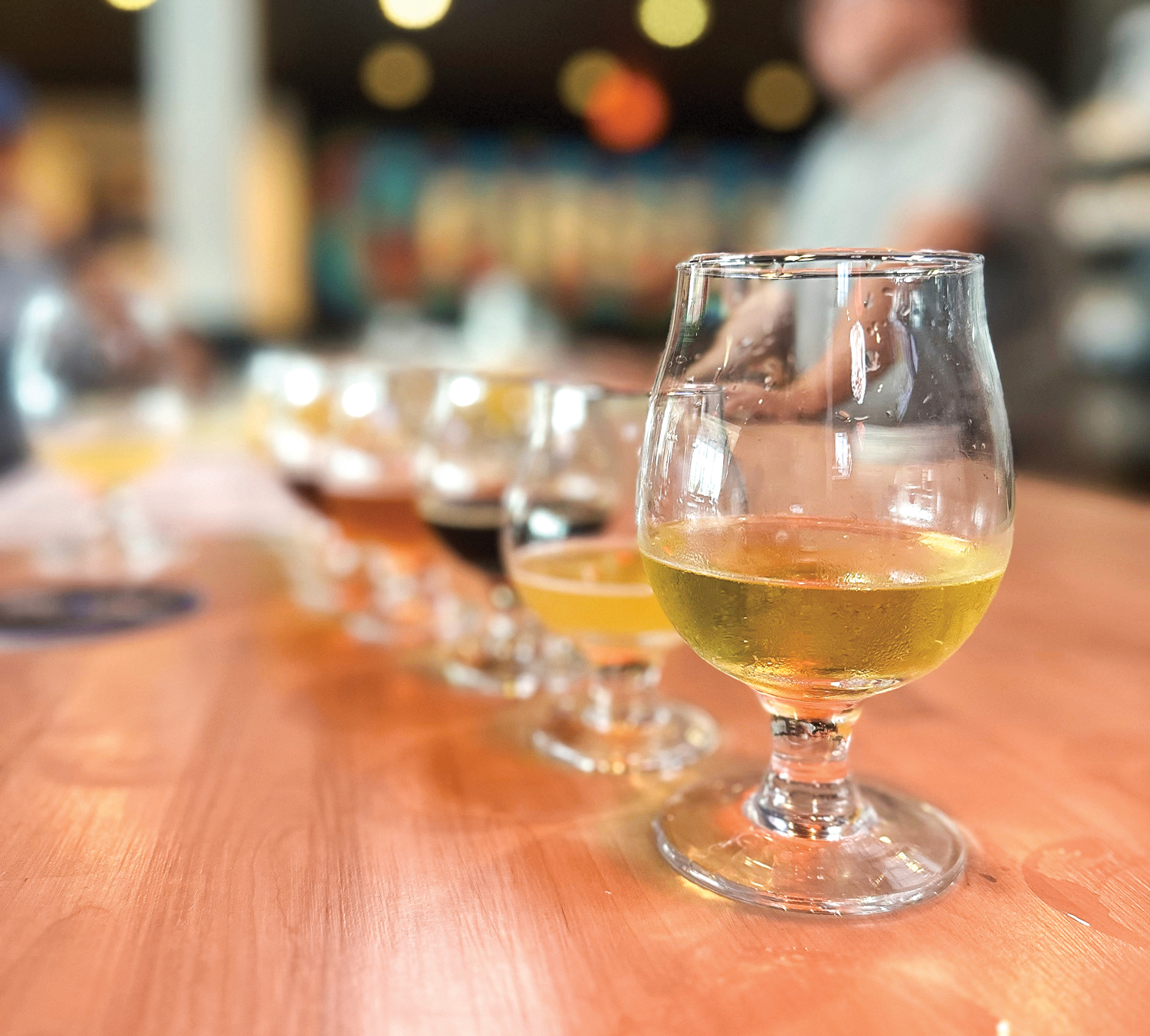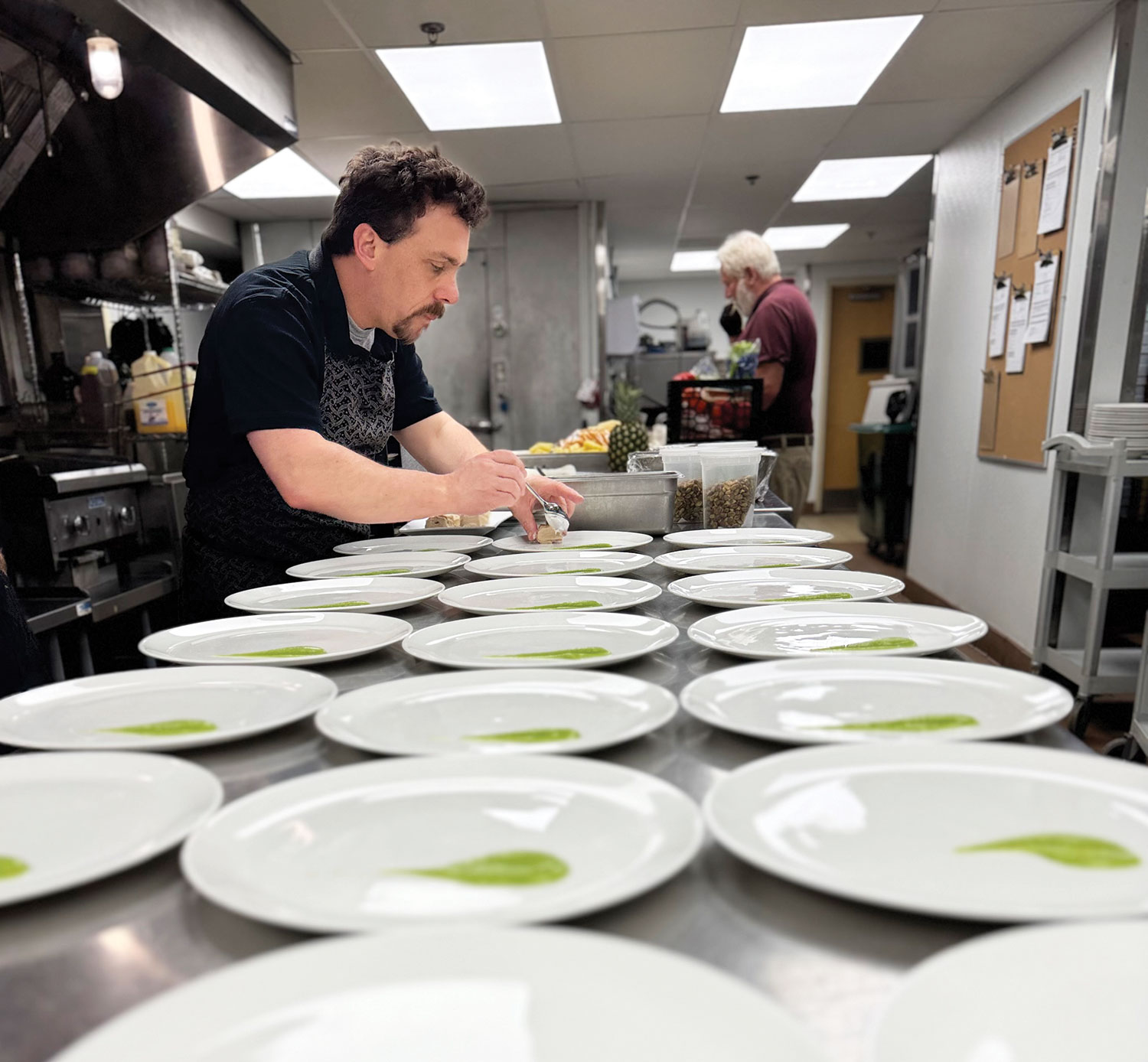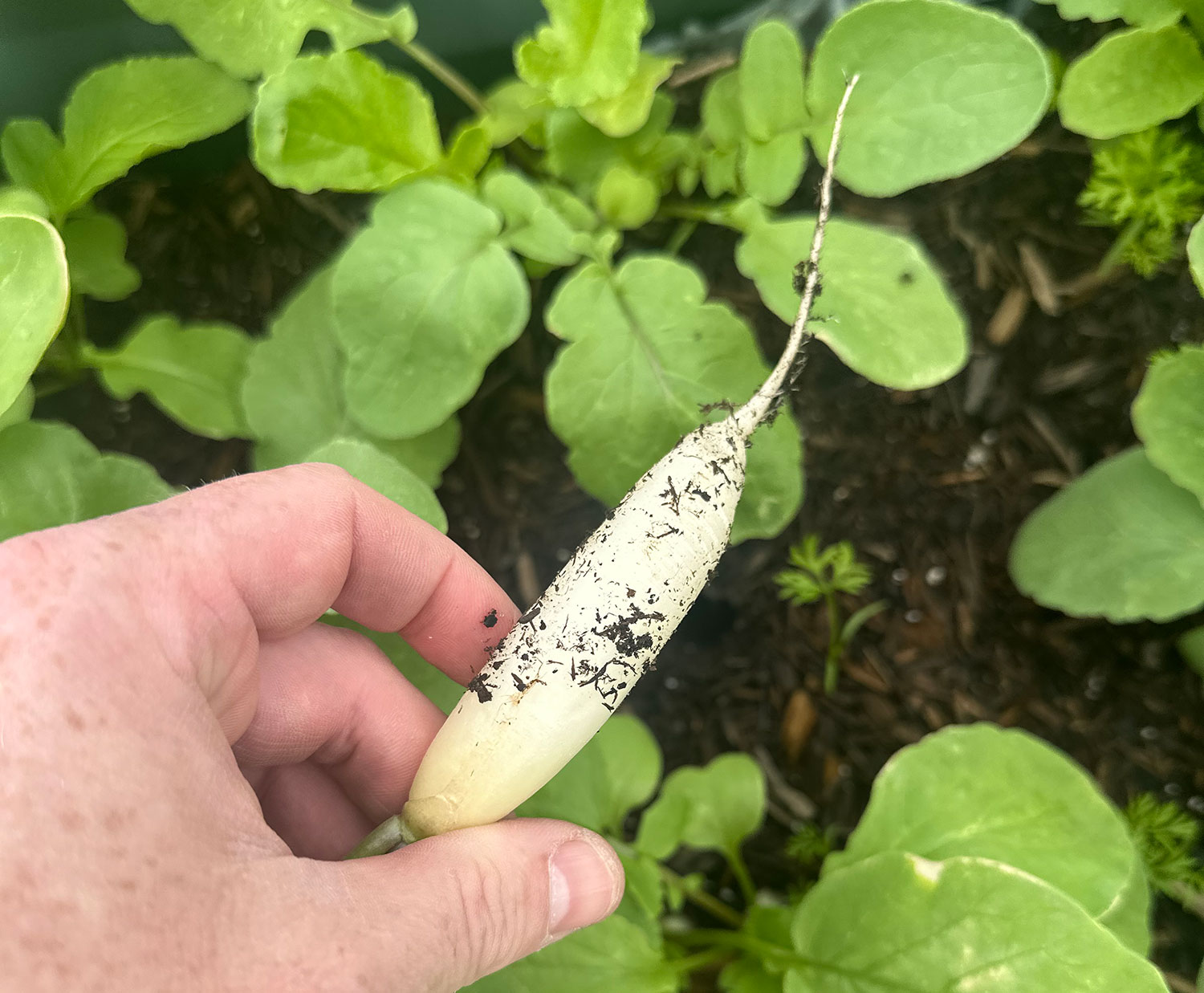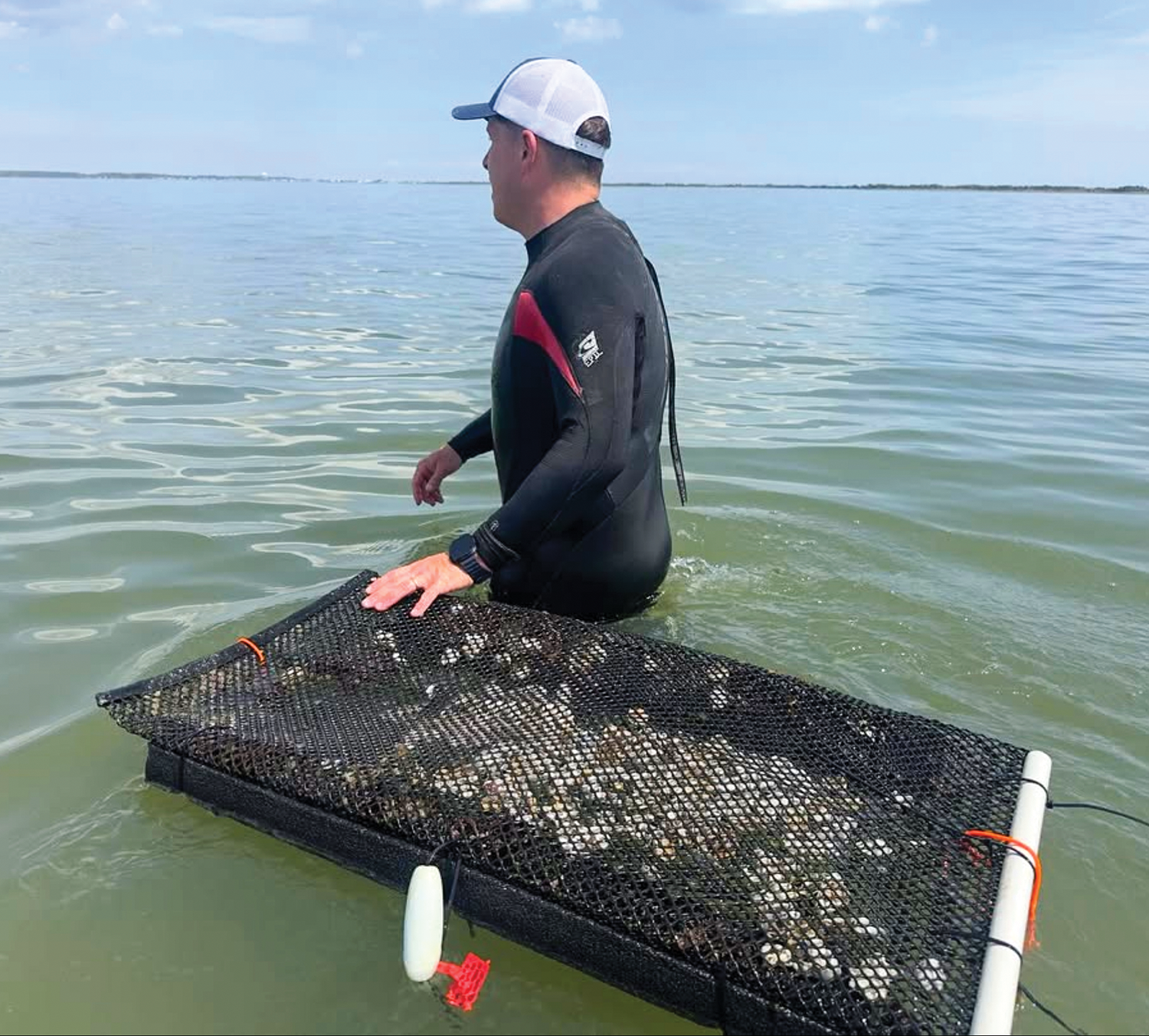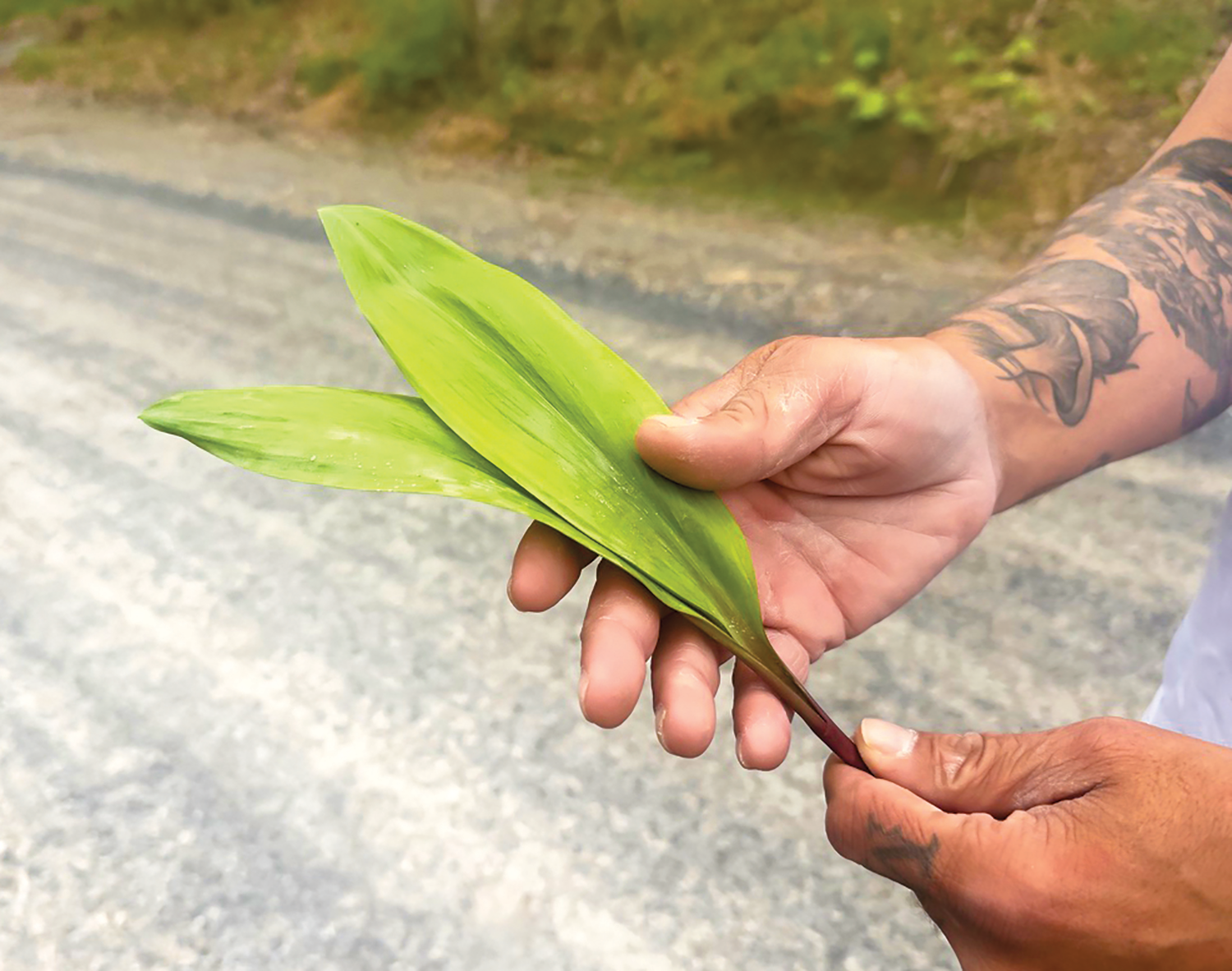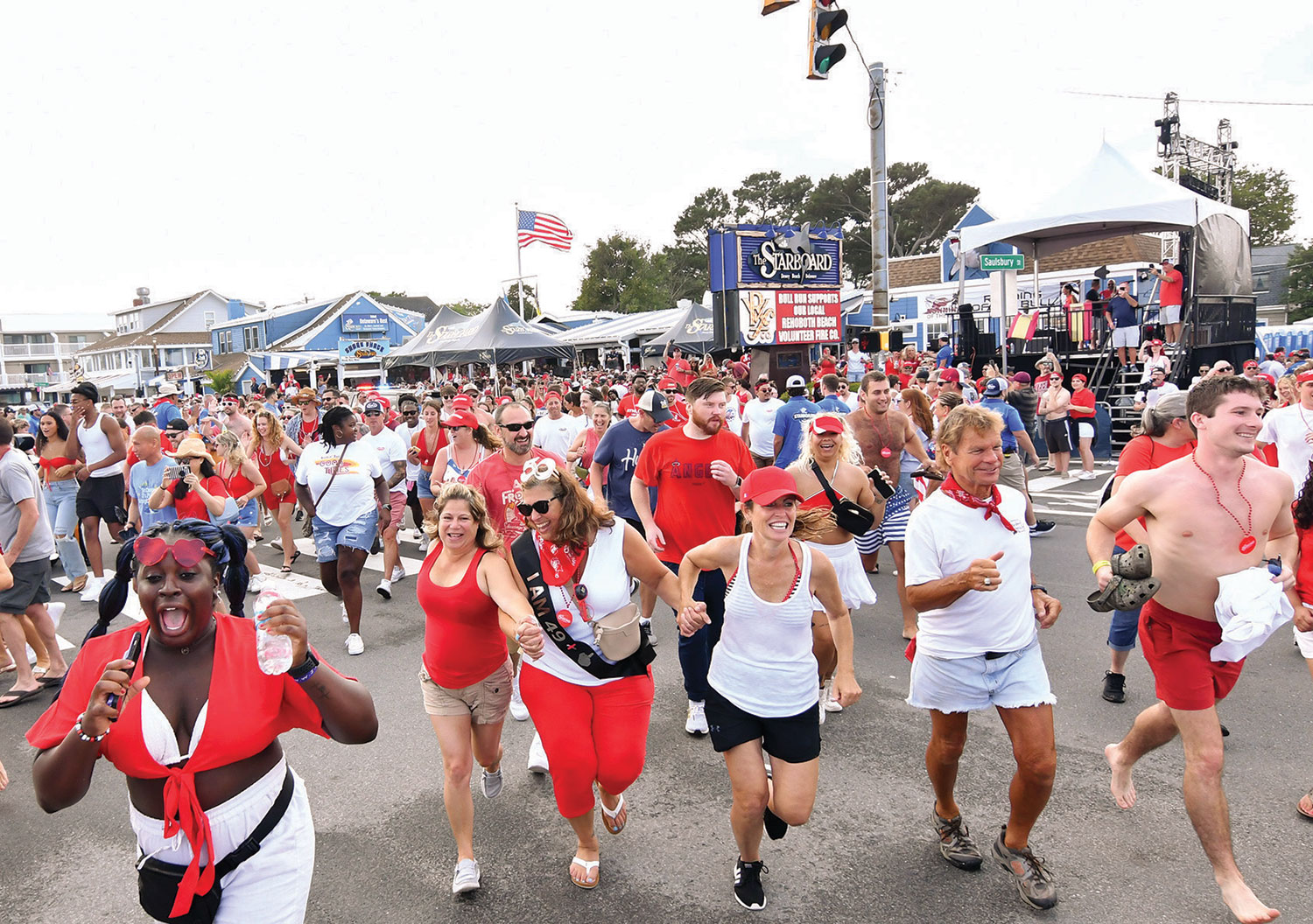Every summer, as the weather warms on the sandy shores and bays of southern Delaware, a hidden treasure awaits chefs like me with a taste for adventure and a love for wild local cuisine. Sea beans offer a unique foraging experience, connecting us to our long-gone days of hunting and gathering and our coastal region’s natural abundance.
Sea beans thrive along the Delaware coast from late spring through early fall. These succulent, salty greens are commonly found in salt marshes, coastal shores and tidal areas. The best time to forage sea beans is during low tide, when they emerge from the brackish waters, exposing their tender stalks to the elements.
It’s important to note that foraging sea beans is not allowed on state park land in Delaware. These protected areas help preserve the delicate balance of our coastal ecosystem. However, sea beans can be abundant on private beaches and marshlands, but always obtain proper permissions before venturing onto the personal property to ensure a respectful and responsible foraging experience.
While sea beans steal the spotlight, our coastal region offers an array of other edible plants worth exploring. Sea rocket, for example, adds a peppery kick to salads and seafood dishes. Its delicate leaves and yellow flowers grow near the shoreline, basking in the spray of crashing waves. Harvest this coastal gem during spring and summer for the freshest flavors.
Seaweed, a staple in many coastal cuisines, presents many culinary possibilities. Sea lettuce, a common seaweed, has a unique texture and adds umami flavors to dishes. Be mindful of local regulations and sustainable practices to forage seaweed along rocky shores and tidal pools.
For those seeking a taste of nostalgia, lamb’s quarters is a wild edible plant with a long history of culinary use. Its tender, spinach-like leaves and nutty flavor make it a versatile ingredient for sautés, omelets and salads. Commonly found along sandy paths and disturbed soils, the lamb’s quarters peaks in late spring and early summer.
Purslane is another coastal gem worth foraging, a fleshy succulent with a lemony taste. Often overlooked as a weed, this plant contains nutrients such as omega-3 fatty acids and vitamins E, A and C. Purslane can be found along sandy dunes and roadsides, particularly in sunny areas. Harvest the tender leaves and stems for a tangy addition to salads, soups, stir-fries, or pickled preparations.
As we venture into the world of coastal foraging, we must practice sustainability and ethical gathering. Never overharvest any plant species, as this can disrupt the delicate ecosystem and threaten their existence. Take only what you need and leave the rest for nature to flourish.
Whether you’re an adventurous food lover or a curious chef, exploring the bountiful offerings of southern Delaware’s coastal foraged plants can be a rewarding experience. Each bite brings you closer, from the salty crunch of sea beans to the velvety texture of purslane.
